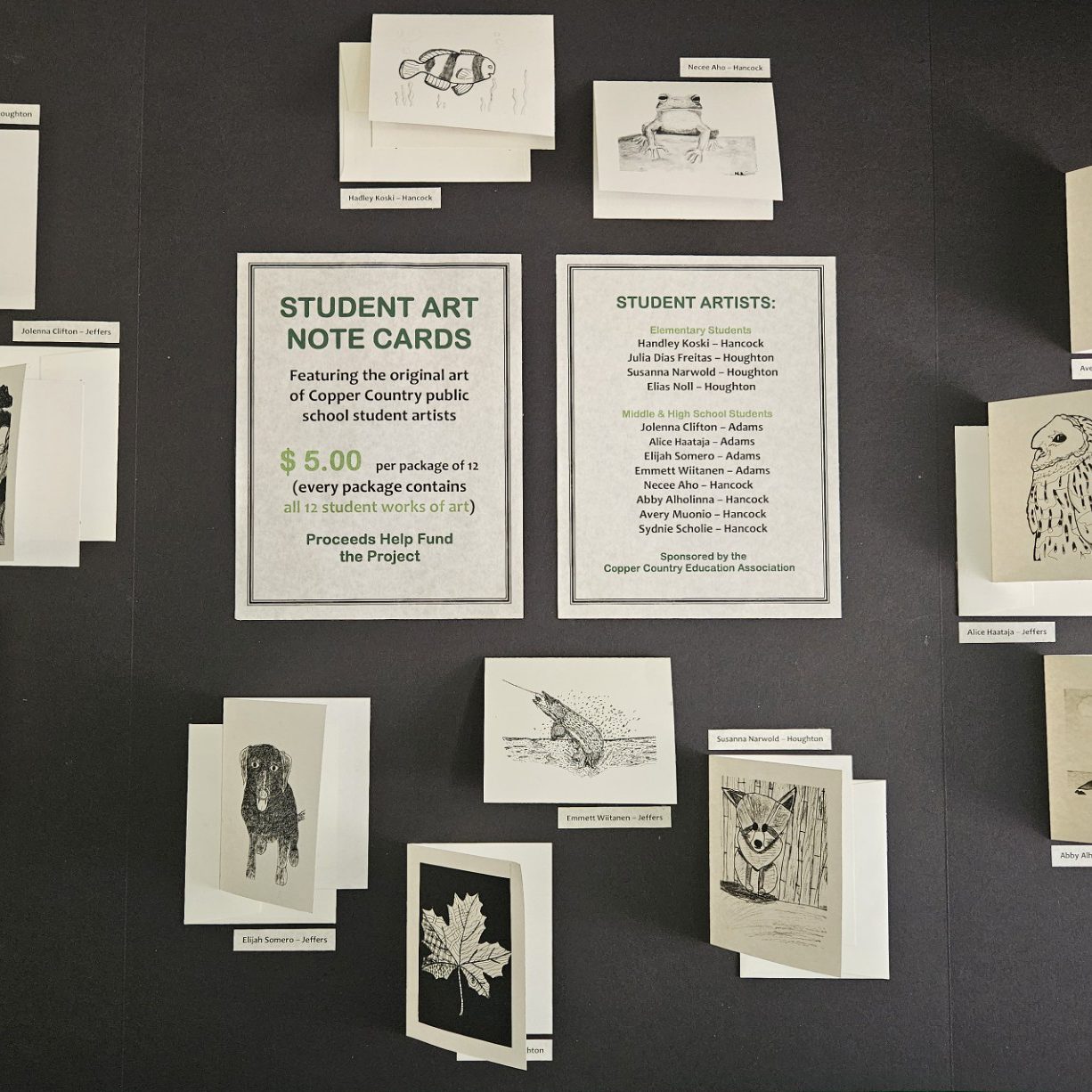As COVID-19 rates skyrocket, MEA members continue taking lead on improving virtual learning
Educators nationwide hungry for virtual learning strategies, find them in MEA-led webinar series during pandemic
EAST LANSING – With rising COVID-19 rates causing more schools to revert to virtual learning across the country, Michigan Education Association members continue to expand a webinar series that has helped more than 20,000 educators nationwide serve students remotely during the pandemic.
“This relentless pandemic has required schools to shift back and forth between in-person and virtual learning due to local outbreaks and the inability to staff buildings when public school employees are quarantined for weeks at a time,” said MEA President Paula Herbart. “While in-person learning is optimal and remains our end goal, right now we believe virtual learning is the right choice for student and educator safety. Especially in these times, educators are committed to ensuring quality virtual learning for every student. Thanks to our MEA members, tens of thousands of educators nationwide are learning new strategies to help students succeed during this unparalleled public health crisis.”
The MEA-led series is serving growing demand among educators for training on serving student needs remotely. When MEA members were asked their top concerns related to virtual learning in a recent survey:
- 76% listed serving students without broadband access
- 63% listed improving student engagement during virtual learning, and
- 55% listed training on specific virtual learning tools and technology
MEA member Chris Thomas, a veteran Ann Arbor Public Schools teacher and expert in blended learning and educational technology, drew on connections with colleagues to develop and launch the webinar series facilitated by MEA that provides free, member-to-member professional development. The National Education Association partnered with MEA to host “Effective Teaching with EdTech: A Member-to-Member MEA Webinar Series” in states across the country.
“This is union members as teacher-leaders supporting other union members,” Thomas said. “We’re positioned to be super-relevant, offering ideas people can use the next day to support themselves, their colleagues and their students in these challenging times. Just the sheer volume of people signing up for these sessions is remarkable.”
The initial online courses, launched over summer, focused on setup, planning and preparation for virtual learning. The fall series explored new strategies for keeping students engaged and included a partnership with Michigan State University’s Create 4 STEM program. The MSU program helps science teachers engage students virtually in hands-on learning opportunities.
A winter-spring webinar series is under development and will explore ongoing COVID-19-related needs, including trauma-informed practices to address students’ emotional and mental health.
“I cannot describe the feeling of seeing someone from Kansas in the chat saying, ‘Thank you so much; I finally know where to start,’” said MEA member Ellen Brooks, a Monroe Public Schools teacher who facilitated sessions over the summer, and was trained in a program led by Thomas early in her career. “With all of these shifts that we’re making, we’re trying to not just fill the gap by saying, ‘Here’s a thing you could do,’ but to also say, ‘Here’s how you think about it and make it work for you in a meaningful context for your demographic.’”
Read more from MEA Editor Brenda Ortega at https://mea.org/mea-member-to-member-ed-tech-webinars-meet-urgent-nationwide-need/. Click here for an NEA Today story on the MEA-led webinar series.



